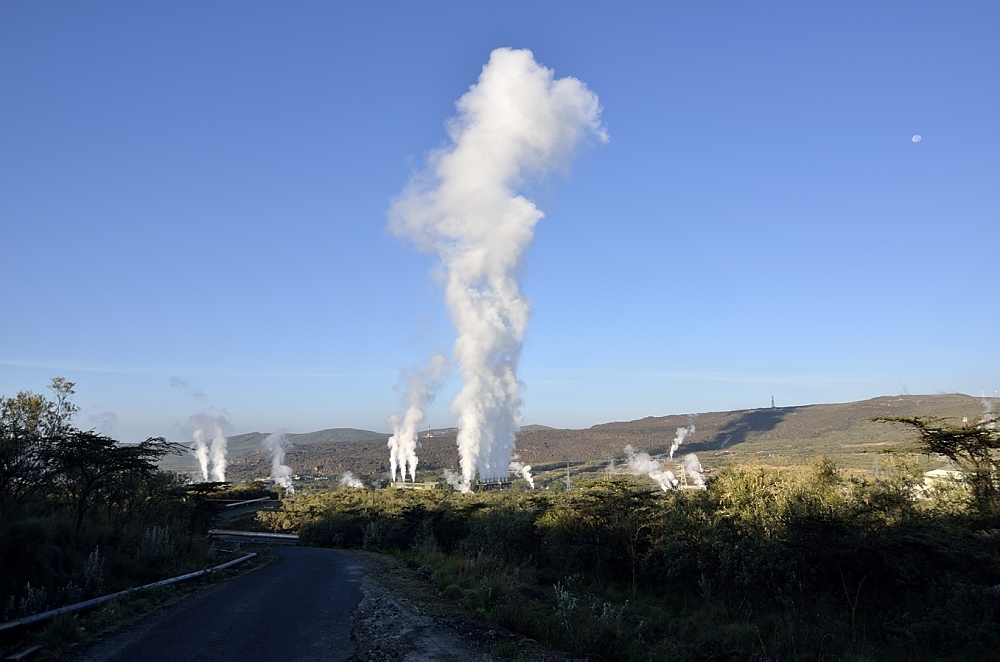Power Africa and Japan partner up on energy development in Africa

Power Africa and the Government of Japan are partnering up on energy development in Africa, including the advancement of the geothermal sector in East Africa.
Today, Power Africa announced a new partnership arrangement with the Government of Japan focused on reducing energy poverty and increasing access to sustainable energy in sub-Saharan Africa. The Memorandum of Cooperation (MOC) between the United States and Japan — signed by the United States Agency for International Development (USAID) and the Ministry of Foreign Affairs of Japan (MOFA) — includes commitments to share strengths, expertise and resources in an effort to accelerate access to renewable energy in Africa.
Through Power Africa, USAID and MOFA seek to further align the Power Africa initiative and Japan’s relevant efforts in the Tokyo International Conference on African Development (TICAD) process and will provide a foundation for collaboration in the energy sector. Through this MOC, the Government of Japan is committing to bring an additional 1,200 megawatts (MW) of power to sub-Saharan Africa by the end of 2018.
TICAD is a unique process that has made remarkable contributions to African development for more than 20 years through the joint efforts of co-organizers, namely the Government of Japan, the United Nations, the United Nations Development Programme (UNDP), the World Bank and the African Union Commission (AUC). Improvement of access to energy has been one of the key issues, and at TICAD’s fifth summit in 2013, the Government of Japan made a commitment to provide financial support amounting to 200 billion JPY ($2 billion USD) to promote low-carbon energy in Africa over five years.
This partnership arrangement represents the United States and Japan’s shared commitment to contribute to the global effort to achieve the Sustainable Development Goals, and in particular to contribute to efforts to achieve SDG 7, which aims to ensure access to affordable, reliable, sustainable and modern energy for all by 2030.
Through the partnership, the United States and Japan intend to collaborate on various efforts, including geothermal.
Under the partnership the partners want to advance the geothermal sector in East Africa. Recognizing that geothermal is an integral aspect of sub-Saharan Africa’s renewable energy supply, Power Africa and MOFA endeavor to support sub-Saharan African governments in developing their geothermal potential. Support may include co-leading a stakeholder coordination group, facilitating private sector-led investments, working to improve the enabling environment, and conducting strategic assessments.
Another related effort relates to Cross-Border Energy Trade. Power Africa and MOFA plan to build on their existing support for regional power pools to strengthen economic integration, increase power generation, and expand access to power.
Power Africa has leveraged nearly $43 billion in commitments from the public and private sectors, including more than $31 billion in commitments from the private sector.
Our public sector partners, including the African Development Bank (AfDB), the World Bank Group (WBG), the Governments of Sweden, Canada, Norway, the United Kingdom and the European Union (EU), have collectively committed nearly $12 billion in support of sustainable energy activities across the region. Power Africa also has strategic partnerships with the African Union’s New Partnership for Africa’s Development (NEPAD), the United Nations’ Sustainable Energy for All initiative (SE4All), and the International Renewable Energy Agency (IRENA).
This new partnership builds on Power Africa’s broad coalition of public and private sector partners, and will help accelerate progress towards our shared goal of doubling access to electricity in sub-Saharan Africa — by adding at least 30,000 MW of new, cleaner electricity generation capacity and increasing electricity access by at least 60 million new connections by 2030.
To read the full release see link below.
Source: USAID Release